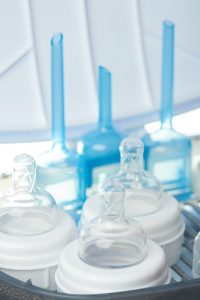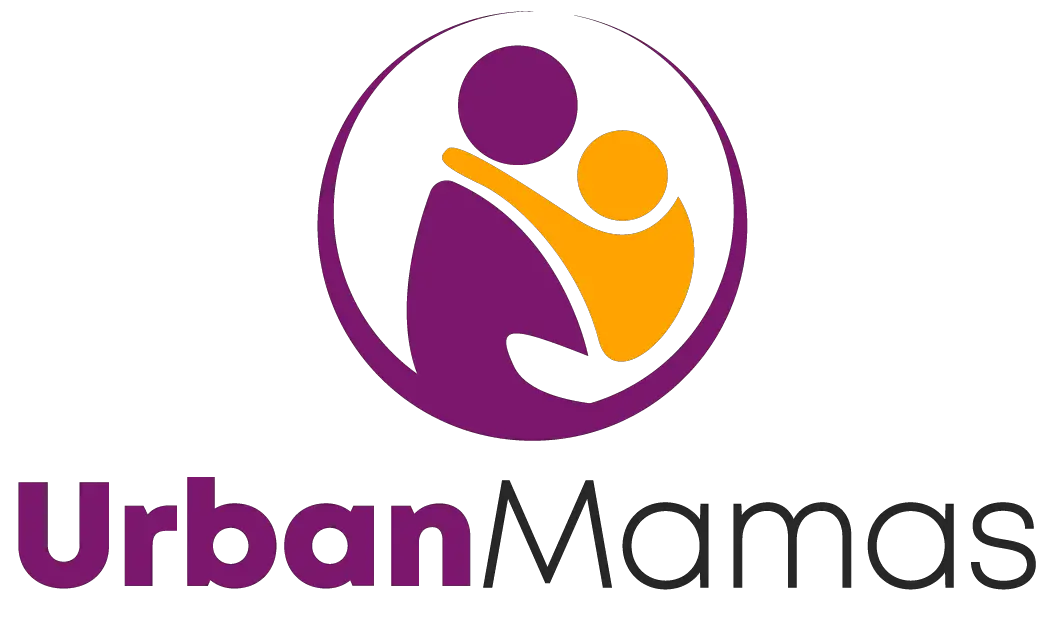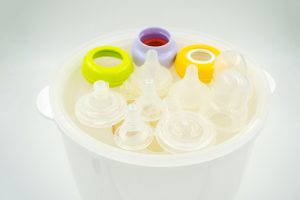Table of Contents
Introduction
Most new parents stress about keeping feeding supplies squeaky clean, others get bothered on how to properly clean and sterilize them. But guess what? The sterilization and cleaning process is quite easy! In this article, we will be showing you different and most effective methods with discussions on how important the sterilization process is. So, if you want to learn a lot more, then read on!
Importance of Proper Sterilization
Maintaining cleanliness when it comes to your babies toys, playpen, crib, and clothes is essential. More so when it comes to the feeding materials you are using, such as bottles and nipples. What we want to avoid when it comes to our babies bottle nipples is contamination, bacterial and fungal build-up, staining, and clogging. Keeping feeding items will also help in protecting your babies from possible illnesses and infection. When it comes to cleaning, you may also use different types of cleaners or cleaning instruments to incorporate with the sterilization method.
How to Sterilize – Different methods of sterilization.
The most common sterilization methods include use of boiling or hot water, steaming, sterilizing tablets or solutions, microwave, dishwasher, and UV.
Boiling water
This is the traditional and the cheapest way of sterilizing bottle nipples and probably the easiest. Boiling water sterilizes everything; however, you need to make sure that the nipples are BPA-free. Bisphenol-A is a chemical used in baby bottles and nipples. However, the use of this has been banned; it is important that you only purchase your baby’s feeding materials from reputable suppliers and sellers. BPA has been known to cause developmental problems in infants, and this chemical may leak towards the interior of nipples and bottles when heated.
Using boiling water to sterilize is super easy. You need to prepare your boiling water and throw in the nipples that were prewashed with soap and water. Boiling water is also ideal for sterilizing glass bottles. Don’t forget to take extra precautionary measures when sterilizing with boiling water, and we would not want any burns or accidents!
Steamers
You will need to have a piece of equipment if you want to sterilize your nipples through steaming. Electric steamers come in different sizes and shapes and will sterilize your baby’s feeding materials in just a click of a button. Electric steamers work through sterilizing with the use of high-temperature steam which effectively bacteria and other harmful microorganisms. Use the steaming equipment according to the instructions provided.

Sterilizing tablets
This is a very easy way to sterilize, but you might need to keep a supply of these sterilizing tablets or solutions and mind you, some brands can be pricey. Similar to the method as mentioned above, you will need to prewash the nipples with soap and water. After washing, you will need to submerge the bottle nipples into a container with tap water added with sterilizing tablets. Soak nipples for fifteen minutes in a covered container.
Microwave Sterilizer
You can also buy a microwave sterilizer for all your sterilizing needs. Nipples may be placed in a microwaveable container and make sure to clean your microwave before using it to sterilize your baby’s bottle nipples and other feeding materials.
Dishwasher
Modern-day dishwashers already have a sterilizing mode built-in them. The process runs with a hot cycle, therefore sterilizing the bottle nipples through dry heat. This is a very convenient way to sterilize baby bottle nipples. However, you will also need to clean the inside of your dishwasher since you’ll also be using it to wash your regular dishes and you would not want to contaminate your baby’s stuff with other utensils and kitchenware.
UV Sterilizers
This method of sterilizing has been very famous nowadays. You will also need to buy special equipment or tool if you are planning to sterilize bottle nipples through UV wands or UV boxes. You must take extra caution when working with UV since it can be harmful if not used properly.
Tips
Keeping bottle nipples odour-free and stain-free
Nobody wants a funky smelling and yellowing bottle nipples, right? Getting rid of those unwanted smell and shade is very easy. The first thing to do is to make sure that there is no milk residue on the insides of the nipple. Before sanitizing, make sure to wash and rinse thoroughly. Remember always to use soap that is safe to be used for baby items.
When it comes to stains, a very affordable and easy solution is using vinegar or baking soda. If you opt to use vinegar, you can mix it with equal parts of water and soak the stained nipple. Wash thoroughly to avoid the vinegary scent after. If you only have baking soda with you, you can dissolve a small amount in warm water and use the solution to rub the stain off gently, and your baby bottle nipples will then be good as new!
How often should baby bottle nipples be sterilized?
If your baby is immunocompromised or whenever it is medically required, it is important that you routinely sterilize your baby’s bottle and nipples. This also applies if your baby is still under three months old. Later on, you can already sterilize every week or once every two weeks. Just make sure that you have been washing and keeping the nipples, bottles, and other containers clean.
Things to Remember
Always practice good hand hygiene. Never forget to wash your hand properly when handling your baby’s stuff. You must keep not only his things and feeding materials clean but also yourself and your surroundings.
Always keep baby bottle nipples clean. Even if you aren’t able to wash them right away, you must place them in a clean rack or holder or soak it in a soapy solution.
Keep other supplies clean. Always keep other items clean, this includes the bottle bags, formula container, trays, countertop and tables as well.
Safe storage and transportation. Make sure that all formula milk and breast milk are properly stored and transported correctly if needed.
Conclusion
The quest for baby bottle nipples doesn’t end in finding the best nipples‘ out in the market; it continues with being able to keep them cleaned, sanitized, and safe for the baby. Always remember that whatever sterilization method you choose, all of them are effective and will ensure safety when it comes to your baby’s feeding times.

